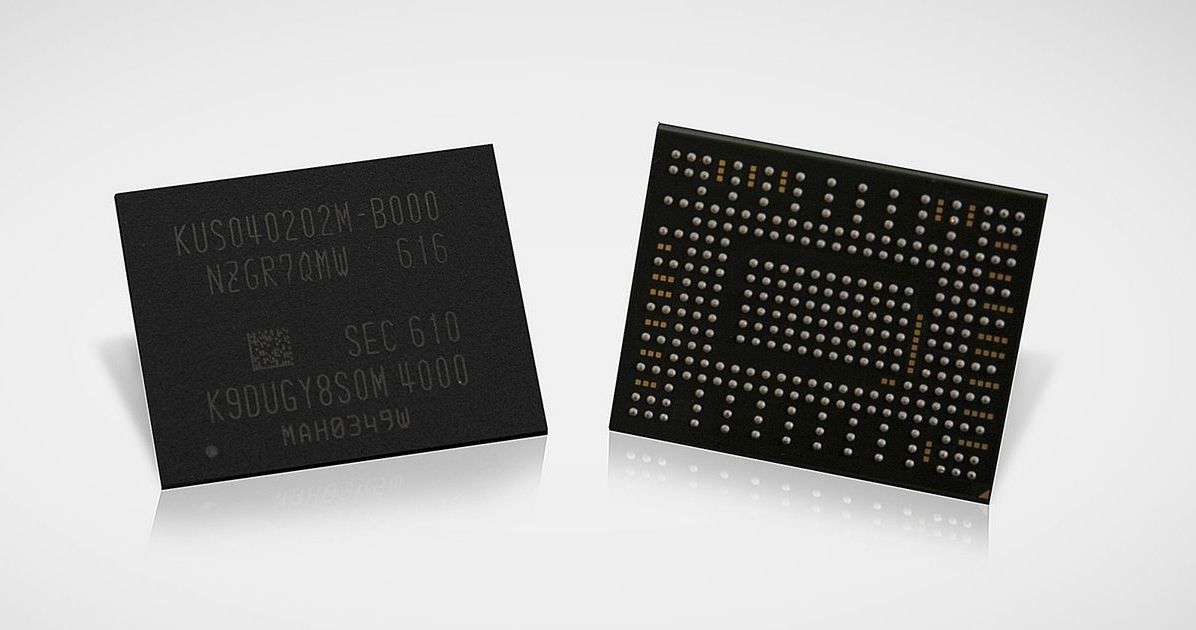Jun 1, 2016
Samsung’s new 512GB SSD is smaller than a postage stamp
Posted by Shailesh Prasad in categories: computing, electronics, mobile phones
Storage in your laptop or smartphone is a compromise between volume, access speed and physical size. But, the industry’s competition to shrink them while boosting their specifications is fierce. A few months after shipping a 16TB solid-state drive, Samsung has announced a fast, efficient 512GB SSD that’s half the size of a postage stamp.
Samsung’s press release claims that the drive is the first mass-produced 512GB SSD with non-volatile memory express (NVMe), a host-controller interface with a streamlined register for speed, in a single package. Unlike other hard drives in multi-chip packages (MCP), Samsung’s new drive is organized in a ball grid array into a collected unit, making it simpler to fit in and connect to other parts in the device. This makes the drive ideal for the ultra-slim notebook PC market, where space and weight are at a premium.
A senior Samsung VP said in a press release that the tiny drive triples the performance of a typical SATA SSD. Its read/write speeds of up to 1,500MB/s and 900MB/s, respectively, mean you could transfer a 5GB HD video in 3 seconds. Samsung will start selling the drive in June in 512GB, 256GB and 128GB models.
Continue reading “Samsung’s new 512GB SSD is smaller than a postage stamp” »


















